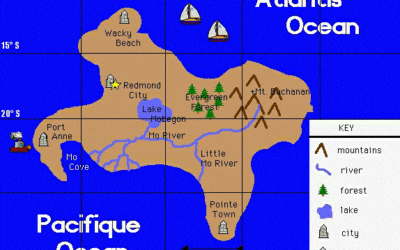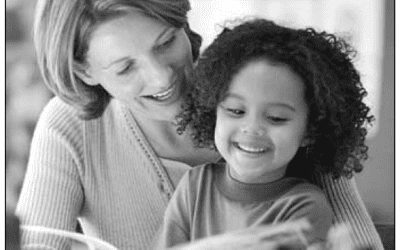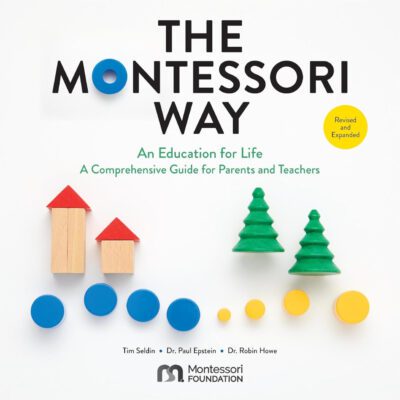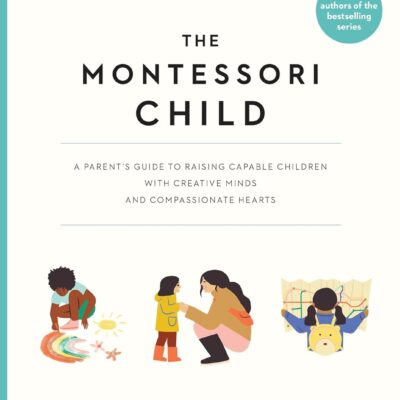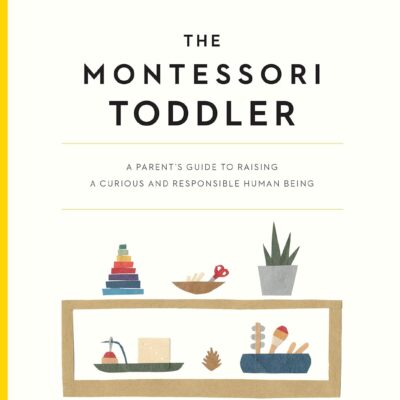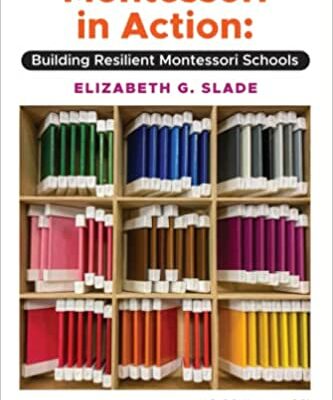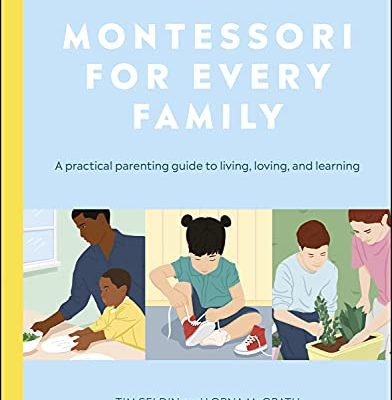
1907-2025 Welcome to the 119th Montessori School Year!
One of the most meaningful ways to understand your child’s Montessori experience is to come and see it for yourself. Montessori classrooms are carefully designed learning communities, and when parents sit quietly and watch, they often gain a new appreciation for their child’s day-to-day world.
At our school, we invite—and encourage—you to observe. Visiting with open eyes and a calm presence helps you see what makes Montessori unique, and it deepens your connection to your child’s education.
When to Visit
Observations are most helpful once the class has settled into its routines. During the very first weeks of school, children are adjusting to new rhythms, new classmates, and a new environment. For that reason, most schools ask parents to hold off until those sensitive early weeks are over.
When you are ready to schedule a visit, please reach out to your child’s teacher. Advance notice allows the class to prepare for a smooth experience and ensures the teacher won’t feel pressured to interrupt lessons to talk with you.
When you arrive, sign in at the office to receive a visitor’s badge and an observation form. This helps us keep the school secure and provides a simple guide on what to look for during your time in the classroom.
How to Observe
When you enter, the teacher will direct you to a chair set aside for visitors. We’d like to ask you to remain seated and quiet so the children can stay focused on their work without distraction. Think of yourself as a gentle presence in the room—like a guest at a concert who is there to listen and take it in.
Patient observation often reveals far more than you expect. At first, you may notice the layout of the shelves, the calm hum of activity, or the way children move about the room with quiet purpose. On later visits, you’ll begin to pick up the subtle details that make Montessori learning so powerful.
What to Look For
Here are a few areas you might focus on:
-
The Environment
How is the classroom organized? Notice the shelves, materials, and child-sized furniture. Everything is arranged to invite independence and exploration. -
The Role of the Teacher
Watch how adults interact with the children. Do they guide gently, offer lessons one-on-one, or step back to allow independence? You may notice moments of discipline handled calmly and respectfully. -
The Children at Work
You can focus on a child other than your own for at least half an hour. How does she choose her activities? How deeply does she concentrate? What happens when she completes her work? -
The Materials
Please take a look at which Montessori materials children are drawn to. Each material is designed with a built-in control of error, so children can discover and correct mistakes on their own. Can you spot a child quietly self-correcting? -
Peer Learning
See how younger children learn from older classmates, and how older ones gain confidence by mentoring younger friends. These subtle exchanges are one of the great strengths of the multi-age classroom.
Why It Matters
Observation is not only about watching children; it’s also about discovering the deeper philosophy behind Montessori. You’ll see a classroom where independence, concentration, and curiosity are nurtured. You may even find yourself wishing you could join in!
By sitting quietly and noticing the details, you’ll gain new insight into how your child learns, how the teacher guides, and how the environment itself supports growth.
So, when you have the chance, take a seat in the visitor’s chair. Be patient. Watch closely. You’ll walk away with a richer understanding of your child’s world—and perhaps a renewed sense of wonder yourself.
Montessori Classroom Observation Form
Visitor Name: _____________________________________
Date: _________________________
Classroom/Level: __________________________________
Thank you for observing today! Please take a few quiet notes while you sit in the classroom. This form is designed to help you focus on what makes Montessori unique. You are welcome to keep it for yourself or share it with the school.
1. The Classroom Environment
-
How is the room arranged?
-
What do you notice about the shelves, materials, and furnishings?
-
Does the space feel calm and inviting?
Notes:
2. Children at Work
-
What do you notice about how children choose and use their work?
-
Do they concentrate for long periods?
-
Do you see them self-correcting or working together?
Notes:
3. Teacher Interactions
-
How do the adults speak with the children?
-
Did you notice a teacher presenting a lesson?
-
How is guidance or discipline handled?
Notes:
4. Montessori Materials
-
Which materials did you see being used?
-
What concepts or skills did they isolate?
-
Did you notice children teaching or modeling for one another?
Notes:
5. Community Life
-
How do younger and older children interact?
-
What do you notice about respect, independence, or collaboration?
Notes:
6. Reflections
-
What surprised you about what you saw?
-
What questions or insights do you take away from this visit?
Notes:
Optional: Feedback for the School


